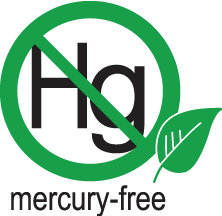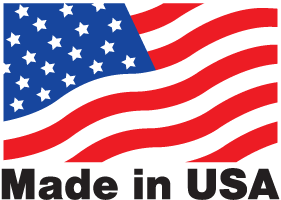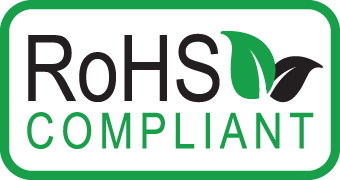Regulations that Affect the Management and Disposal of Mercury-Containing Light Bulbs
Information provided by U.S. Environmental Protection Agency.
How are mercury-containing bulbs (called “lamps” in the regulations) regulated?
Mercury-containing lamps are managed under both federal and state regulations. Note that regulations may vary from state to state, and some states have regulations that are more stringent than those of the federal government. As a result, you should check with your state and local governments to learn how their regulations apply to you.
What are the proper recycling/disposal procedures for businesses under the Universal Waste Rule?
While disposal requirements for mercury-containing lamps vary from state to state, the federal Universal Waste Rule (see 40 CFR 273) lays out the following basic standards for handling spent lamps:
Used lamps that are accumulated for recycling should be stored in packaging that minimizes lamp breakage. Used lamps may be stored in drums, boxes, or the cartons they originally came in. The packaging must remain closed unless lamps are being added or removed. Any broken lamps must be stored separately in a sealed container. Used lamps must be clearly labeled as“;Universal Waste Lamps” or “Waste Lamps” or “Used Lamps.”
Used lamps should be stored and handled in a way that prevents breakage. Any releases to the environment from broken lamps must be contained immediately and handled properly. Learn the best way to clean up a broken CFL or other mercury-containing bulb.
Businesses are responsible for educating their employees on the proper handling of used mercury-containing lamps and emergency procedures in case of breaks or spills.
Businesses may accumulate and store used lamps for up to one year before sending them to a recycler. The container in which the used lamps are stored should be marked with the earliest date that the lamps were placed into the container. Businesses should check with their state or municipality to see if any other regulations apply.
Shipments must only be sent to other handlers of universal waste or a final destination facility where recycling occurs. Those transporting waste lamps must comply with Department of Transportation regulations in 49 CFR 171-180. Transporters are responsible for containing any releases to the environment.
Neither a business nor transporters may dispose of, dilute (mix with other wastes), or treat mercury-containing lamps. Businesses should check with their state or municipality to see if other regulations apply.
Do I need to recycle low-mercury (“green end cap”) fluorescent lamps?
The amount of mercury in a low-mercury bulb can range from 3.5 to 4 milligrams compared to a standard fluorescent bulb which ranges from 8 to 14 milligrams of mercury. These lamps may be identified by green end caps (often referred to as green-tipped lamps), or green etchings on the lamps.
EPA encourages the recycling of all mercury-containing lamps, regardless of the mercury content. Note that if you do not test your low-mercury lamps and prove them non-hazardous, assume they are hazardous waste and handle them accordingly.
When does a mercury-containing lamp become a waste?
A used mercury-containing lamp becomes a waste on the date the generator/handler permanently removes it from its fixture. An unused mercury-containing lamp becomes a waste on the date the handler decides to discard it.
Who is affected by the universal waste regulations?
Commercial and industrial businesses and other entities such as hospitals, schools and universities, and state and local governments that commonly use or manage lamps may be subject to the management requirements for universal waste lamps. These regulated entities may handle hazardous waste lamps as a universal waste and must comply with certain management standards depending upon how they are classified in the universal waste system:
Small Quantity Handler of Universal Waste
Large Quantity Handler of Universal Waste
Transporter of Universal Waste
Destination Facility
For detailed information on how the regulations apply to these four categories, please review the questions and answers below and the Universal Waste Generation and Management Comparison Table. You can also view a glossary of these terms.






